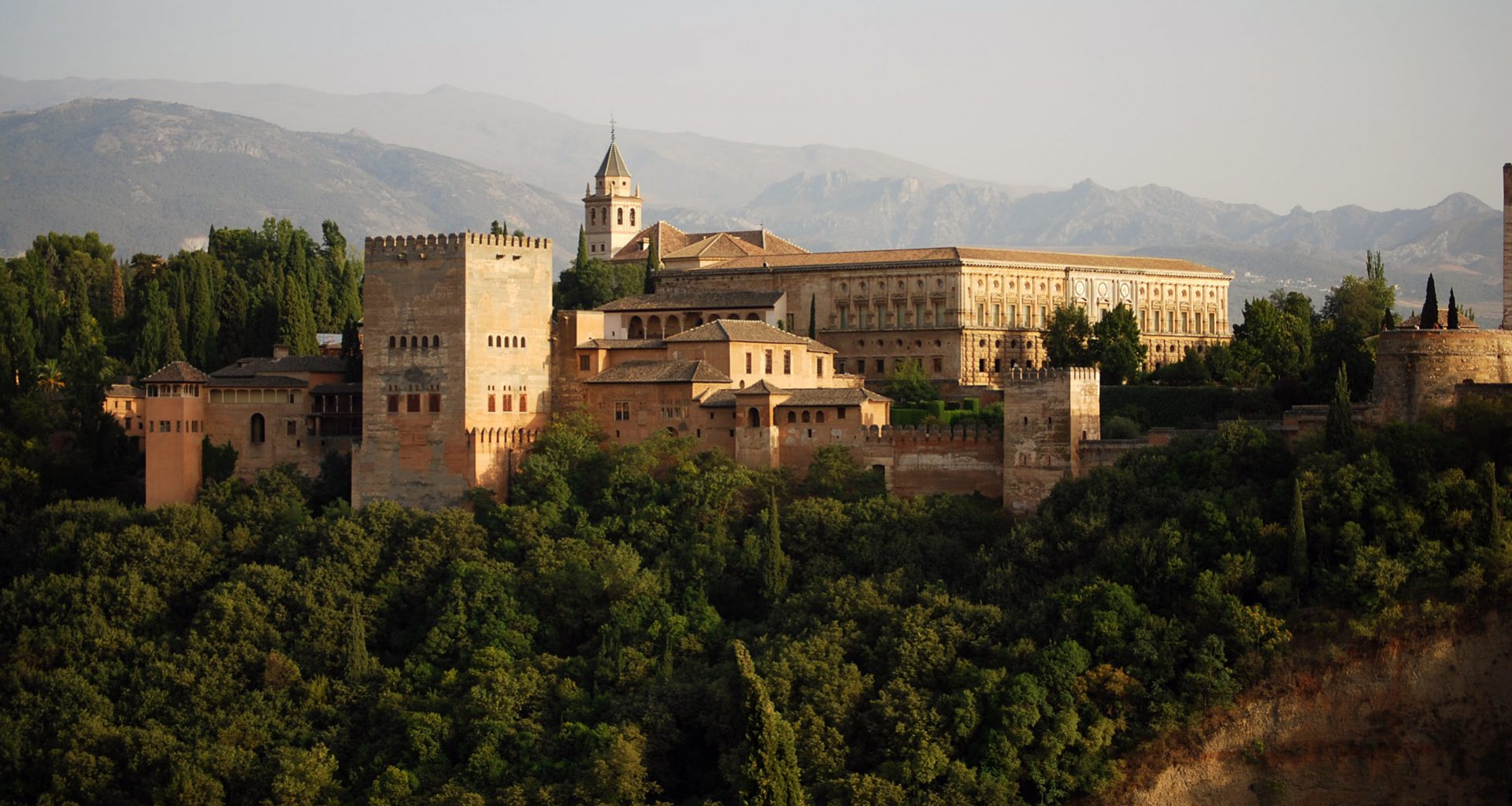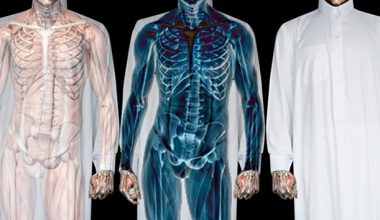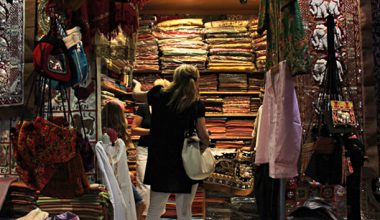
After the collapse of the Roman Empire, the Ummayads entered and took over Spain in 711 A.D; making Cordoba their capital, building fortresses, courts and palaces where the Muslim kings reside.
Al Andalus, was all of what is Spain today; from Cordoba, to Saville, Toledo, Granada and Barcelona. The Muslim empire, which began its second journey to Europe from Morocco, inhabited these lands for 5 centuries. These 5 centuries, were a part of the golden age of the Islamic empires in Europe and the world. After the Ummayad Khalifa was overthrown and the family was massacred in 750 A.D, the successor, and only survivor Abdulrahman Al Dakhil made it his goal to make Cordoba rival all the Islamic cities and make it the best city in terms of arts, culture and science; he succeeded.
Andulasian Architecture back then was the most developed in the world! From dozens of libraries in each city to thousands of free schools, thousands of homes with water, paved and lit streets as well as their own type of modern sewage system that catered to the whole country; 700 years before Paris and London!

The Andalusians also excelled at medicine and astronomy. Studies of modern medicine such as anatomy and surgery took place in Islamic Spain creating modern surgery, its instruments and pharmacology. Doctors of that era were Al Zahrawi, Ibn Zahr and Ibn Rushd. Another grand achievement of that time was astronomy, which influenced agriculture and navigation as well as translation sessions that allowed the cooperation between various religions and the toleration of Muslims, Jews and Christians in one meeting.
Islamic Spain was not only about power and politics but also about beauty, poetry and pleasure. One of the places where the royals often spent their times was Medinat Al Zahraa where a lot of literary sittings and poetry sharing took place. They enjoyed surrounding themselves with nature therefore, building their fortresses and beautifying them in lands that were not exactly fertile or cool; however, they made it work through architecture and cooled their lands by choosing the right mulberry trees to plant as well as importing the first palm trees from Syria.

The Al Hamra palace, in Granada, is a fortress which was not intimidating or powerfully attractive from the outside, but a true Arabian jewel from the inside as well. The palace’s courtyard reflected itself through a lake fountain which was placed in the center of the courtyard like a mirror and created a continuity to the building; thereby increasing the beauty of the signature “Horse Shoe Arch”. The walls are adorned with delicate vegetal patterns and Islamic verses that were repeated. The slogan “لا غالب الا الله”/which translated to "No winner but Allah" is carved from stone and painted in the five colors of the Al Hamra palace: blue, gold, green, red and white. This architecture played with the concept of infinity through mathematical repetition. Another fact about the these fortresses had less light indoors so that no one could see the the face of the sultan, only his silhouette.

Currently these amazing buildings and beautiful oriental architectures have been turned into museums in Spain where people can visit and enchant themselves with what this amazing era was like.
For more information about Islamic Spain, we recommend you read "The World of Islamic Art" by Bernard O’Kane; also you can watch the following documentary "An Islamic History of Europe"
-Guest-blogger: Haya Al-Khalifa
http://www.alluringdistraction.com







